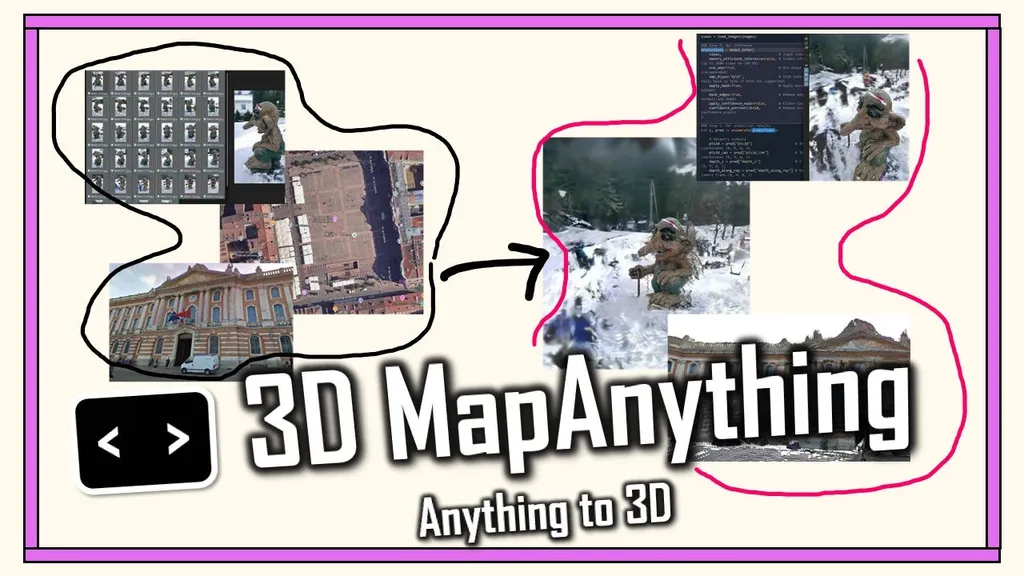Researchers Martin Schuck, Alexander von Rohr, and Angela P. Schoellig have introduced a significant upgrade to the SciPy library that promises to streamline 3D transformations in machine learning pipelines. Affiliated with the University of Toronto and the Technical University of Munich, the team has overhauled the spatial.transform module to make it compatible with a wide range of array libraries, including JAX, PyTorch, and CuPy. This enhancement enables GPU/TPU execution, JIT compilation, vectorized batching, and differentiation via native autodiff, all while preserving the established SciPy interface.
The researchers highlight the critical role of 3D rigid-body transforms—rotations and translations—in modern machine learning workflows, particularly in robotics, vision, and simulation. However, they note that implementing these transforms correctly and robustly, especially on the special orthogonal group SO(3), is fraught with challenges. Issues such as axis conventions, normalizations, composition consistency, and subtle errors that surface only in edge cases make this a complex task. The revised spatial.transform module addresses these issues by providing a rigorously tested, mathematically correct implementation that is now accessible across different array libraries.
The team demonstrates the practical applications of their work through two case studies. The first showcases the scalability of 3D transforms and rotations, while the second involves a JAX drone simulation that utilizes SciPy’s Rotation for accurate integration of rotational dynamics. These examples underscore the module’s capability to support differentiable scientific computing, a cornerstone of advanced machine learning applications.
The enhancements made by Schuck, von Rohr, and Schoellig have been merged into the SciPy main branch and are set to ship in the next release. This update provides a framework-agnostic, production-grade basis for 3D spatial math in differentiable systems and machine learning, ensuring that researchers and developers can leverage robust, efficient, and accurate transformations in their workflows. The integration of these improvements into SciPy will undoubtedly facilitate broader adoption and innovation in fields relying on precise 3D spatial computations. Read the original research paper here.

